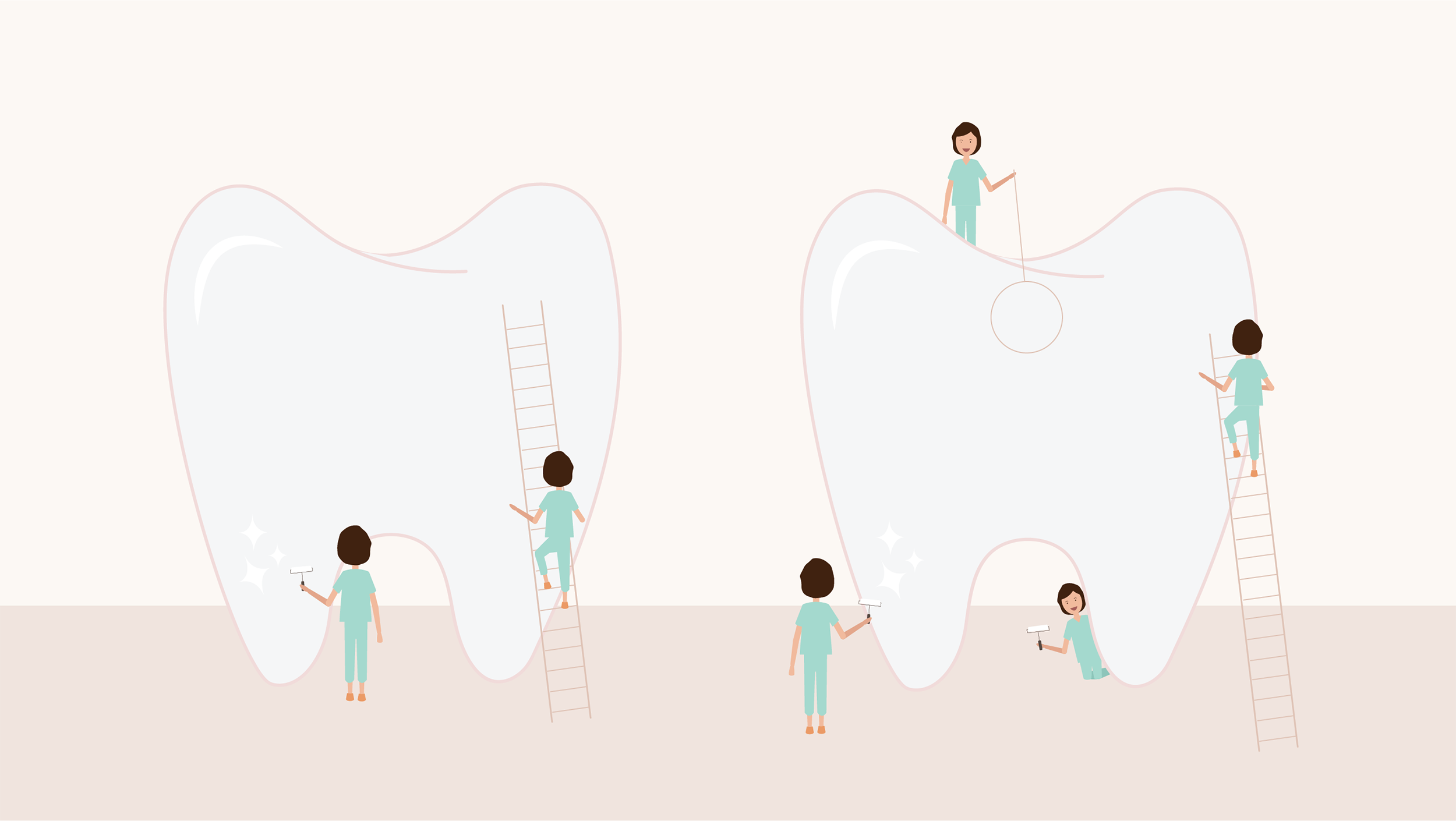
Implants
Dental implants, a revolution in dentistry, are the perfect solution to replace missing teeth or stabilize loose dentures. Teeth play a vital role in the overall general health and social life of a person. So losing one’s teeth can affect the quality of life, such as loss of nutrition, to a great extent. Besides this, after loss of teeth the remaining bone also undergoes rapid degeneration.
A dental implant is actually a replacement for the root or roots of a tooth. Like tooth roots, dental implants are secured in the jawbone and are not visible once surgically placed. They are used to secure crowns (the parts of the teeth seen in the mouth), bridgework or dentures by a variety of means. They are made of titanium, which is lightweight, strong and bio-compatible, which means that they are not rejected by the body.
Why do I need this?
Dental implants are the next best solution to natural teeth when you are missing one, some or even all your teeth!
When all teeth are missing or need to be replaced, dental implants are the best permanent solution. Before dental implants, there were no solutions available for people who lost all their teeth besides full dentures. Today, it is possible to replace a full jaw with dental implants and a fixed bridge or implant over-denture that results in a permanent, stable and highly aesthetic solution
Patient Expectations
When either the tooth and root are damaged or a tooth is about to be lost, the best permanent replacement is a dental implant in conjunction with a crown. It not only looks but also functions just like a natural tooth. A dental implant to replace one missing tooth is the most natural, cost-effective, least-invasive and long-term tooth replacement. This procedure normally includes one to four visits. For more complex replacements the number of appointments may vary.
Implant treatment is usually divided into surgical and prosthetic phases. First the treatment plan will be drawn out and dental implants will be placed in your bone. You may or may not receive a temporary prosthesis depending on your treatment plan.
The next phase comes after 2, 4 or 6 months. This is the prosthetic phase. It involves using the dental implants as a foundation to place your new tooth or teeth. There will be a series of measurements to fabricate crowns, bridges or dentures to be fit on the dental implants.
